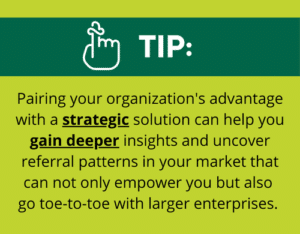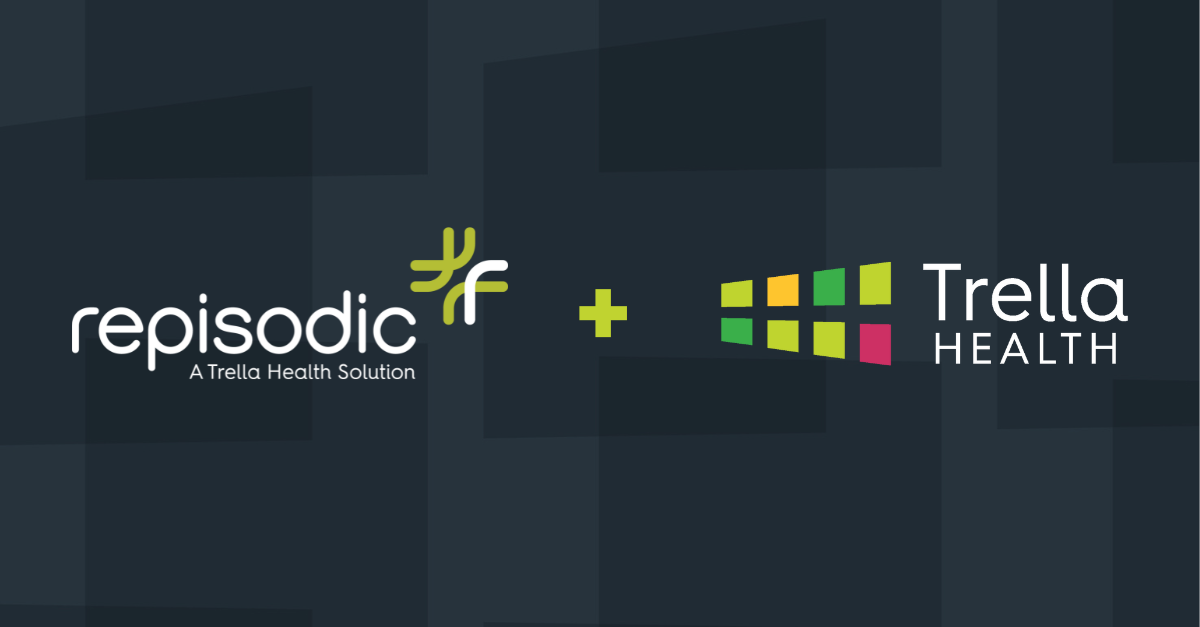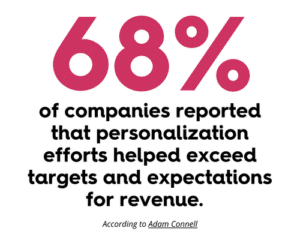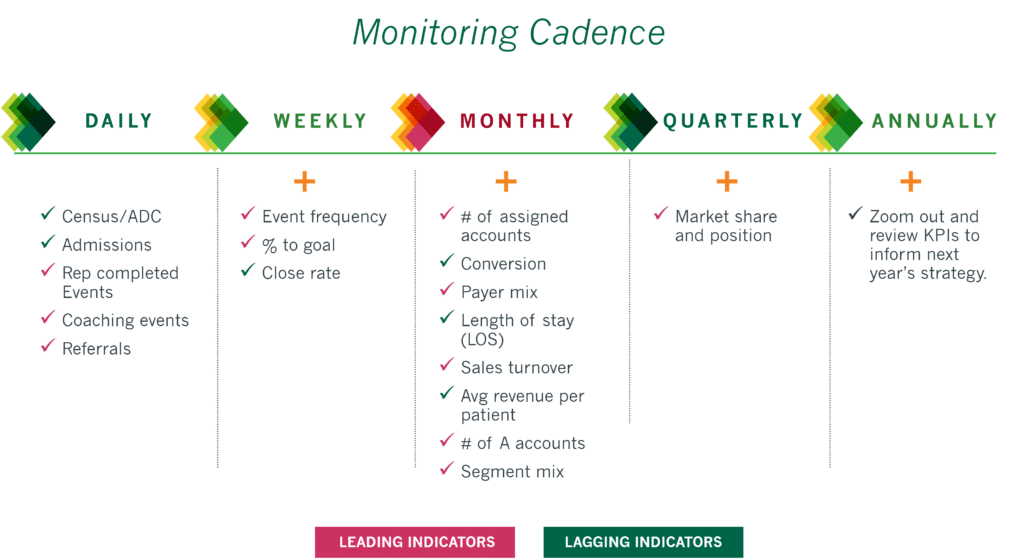In the competitive landscape of the post-acute care industry, smaller home health and hospice agencies face a unique challenge: mastering referral targeting amidst the dominance of larger enterprises.
With significant resources, larger competitors often overshadow smaller agencies in securing high-value referrals.
Smaller agencies must prioritize and optimize their referral targeting strategies to bridge this gap. By leveraging data-driven insights, they can carve out their niche and compete effectively, even against industry giants.
In this blog, we’ll explore:
- Unique strategies and tips for identifying and targeting high-value referrals
- Incorporating data-driven conversations to showcase your strengths against larger enterprises
- Essential key performance indicators (KPIs) to track for success
Let’s dive in!
Identifying High-Value Referral Opportunities
As a smaller post-acute care agency, you may not have a large team to help with sales and marketing like the larger enterprises do. However, like them, you still need to increase your pipeline and drive revenue to stay above water.
So, the question is: “How do you ensure your sales and marketing efforts target the right referral partners?”
The Answer: You need to find referral sources who understand your organization’s business line and growth path but don’t have one specific partner to whom they refer patients.
We will cover more on this in the next section, but these types of physicians are prime targets for smaller agencies. They don’t have loyalty ties to competitors or larger enterprises, thus giving you the opportunity to showcase your unique value (i.e., low utilization rates, hospitalization rates, innovative programs, etc.) and stand out in the market.
 Tip: Pairing your organization’s advantage with a strategic solution can help you gain deeper insights and uncover referral patterns in your market that can not only empower you but also go toe-to-toe with larger enterprises.
Tip: Pairing your organization’s advantage with a strategic solution can help you gain deeper insights and uncover referral patterns in your market that can not only empower you but also go toe-to-toe with larger enterprises.
Crafting Personalized Referral Messaging
Now that you have identified the high-value physicians or facilities you want to target – it’s time to reach out to them.
But before you start inundating high-value referral inboxes with multiple messages or showing up to their offices with coffee, donuts, or cool swag – you need to think about what you want to say and personalize your message to them.
As you know, every referral is different. So, instead of spewing out the same generic message to 10 different referrals, you need to share what problem you can help them solve while showcasing your agency’s unique advantage.
For example, let’s say you own a small hospice agency, and you specialize in keeping cardiac patients out of the hospital due to your cardiac physician visits and your remote patient monitoring program.
You set up a face-to-face meeting with one of your high-value referrals, Dr. Jones, who sees a high number of cardiac patients, and unfortunately, he’s known to have a high hospitalization rate.
So, when you arrive at his office, you have more than his favorite coffee. You also have a side of data.
By showing him the data and how your hospice agency can help him reduce his high hospitalization rates for cardiac patients, he’s more inclined to keep you at the top of his mind and refer your agency to his cardiac patients as a trusted partner.
According to Adam Connell, a recent survey showed that 68% of companies reported that personalization efforts helped exceed targets and expectations for revenue.
So, as a smaller agency, it’s to your advantage to incorporate data in your personalized messaging when meeting with these high-value referrals. It not only helps you stay top of mind with these referrals but can also help increase revenue and stand out above the competition.
KPIs for Optimizing Referral Tracking and Conversion Efficiency
We’ve covered how to identify top referrals in your market and how to create personalized messaging with data.
So, now you need to set and monitor key performance indicators (KPIs) to optimize your referral targeting and effectively track conversions to ensure you are hitting your agency’s goals.
What is a KPI?
A key performance indicator or KPI is a way to evaluate how effectively your agency is performing and achieving objectives and identify improvement areas.
Below are a few best practices for monitoring and measuring KPIs:
- Define clear and measurable KPIs
- Avoid tracking too many KPIs
- Take action based on the insights gained
- Continuously review and refine KPIs
- And much more!
Tip: If you would like to learn more about essential KPIs your agency should be tracking, check out our blog, “10 Essential Key Performance Indicators for Post-Acute Sales Leaders.”
Leading and lagging indicators
You can incorporate leading and lagging indicators to help you create the right KPIs for your agency.
Leading Indicators
These indicators are predictive measures that provide early signs of future performance. They are proactive and help identify trends or changes that could affect outcomes. In referral targeting, leading indicators can help agencies anticipate referral success and adjust.
Below are a few examples of leading indicators:
- Number of Outreach Efforts: The number of emails, calls, or meetings conducted to connect with referrals.
- Engagement Rate: The percentage of referral partners who engage with outreach materials, such as opening emails or attending webinars.
- Initial Interest Shown: The number of potential referral partners expressing initial interest in connecting with sales reps.
- Face-to-Face Meetings: The number of in-person meetings conducted with potential referral partners.
- Follow-Up Rates: The frequency and consistency of follow-up interactions with potential referral partners.
Lagging Indicators
Lagging indicators are outcome-based measures that reflect past performance. They provide insights into the effectiveness of past actions and help assess whether goals were achieved. In referral targeting, lagging indicators show the results of the sales team’s prospecting efforts and help evaluate overall success.
Below are a few examples of lagging indicators:
- Number of Referrals Received: The total number of referrals generated from outreach efforts
- Referral Conversion Rate: The percentage of referrals that convert into actual clients or patients.
- Referral Revenue Contribution: The amount of revenue generated from referral sources.
- Referral Partner Satisfaction: Feedback and satisfaction levels from referral partners regarding the referral process and outcomes.
Setting yourself up for success
So now that you’ve established the KPIs you’re going to track along with leading and lagging indicators, how are you going to ensure you are hitting your goals and staying on target?
Check out the figure below of a monitoring cadence for tracking leading and lagging indicators on a daily, weekly, monthly, quarterly, and annual basis.
Unlocking Growth Through Effective Referral Targeting
Refining and enhancing your referral targeting strategy can unlock new networks, strengthen partnerships, and drive growth for smaller PAC agencies. Smaller agencies can effectively compete with larger enterprises by leveraging data-driven insights, personalizing referral outreach, and monitoring KPIs. In a competitive industry like post-acute care, prioritizing referral targeting is essential to avoid stagnation and ensure sustained success.
There is a solution that can help you do all these things and more.
Trella Health’s Marketscape Insights is a solution built for agencies large and small. It helps smaller agencies see top referrals in the market — giving you the edge needed to connect with high-value referrals in your market.
Don’t let your size hold you back—click here to receive a personalized demo of how Trella Health can empower your organization to compete like an enterprise.


















